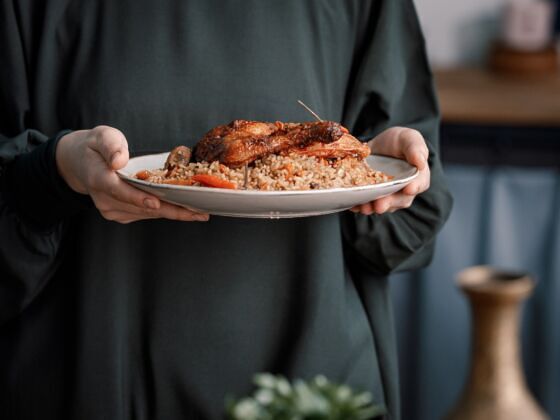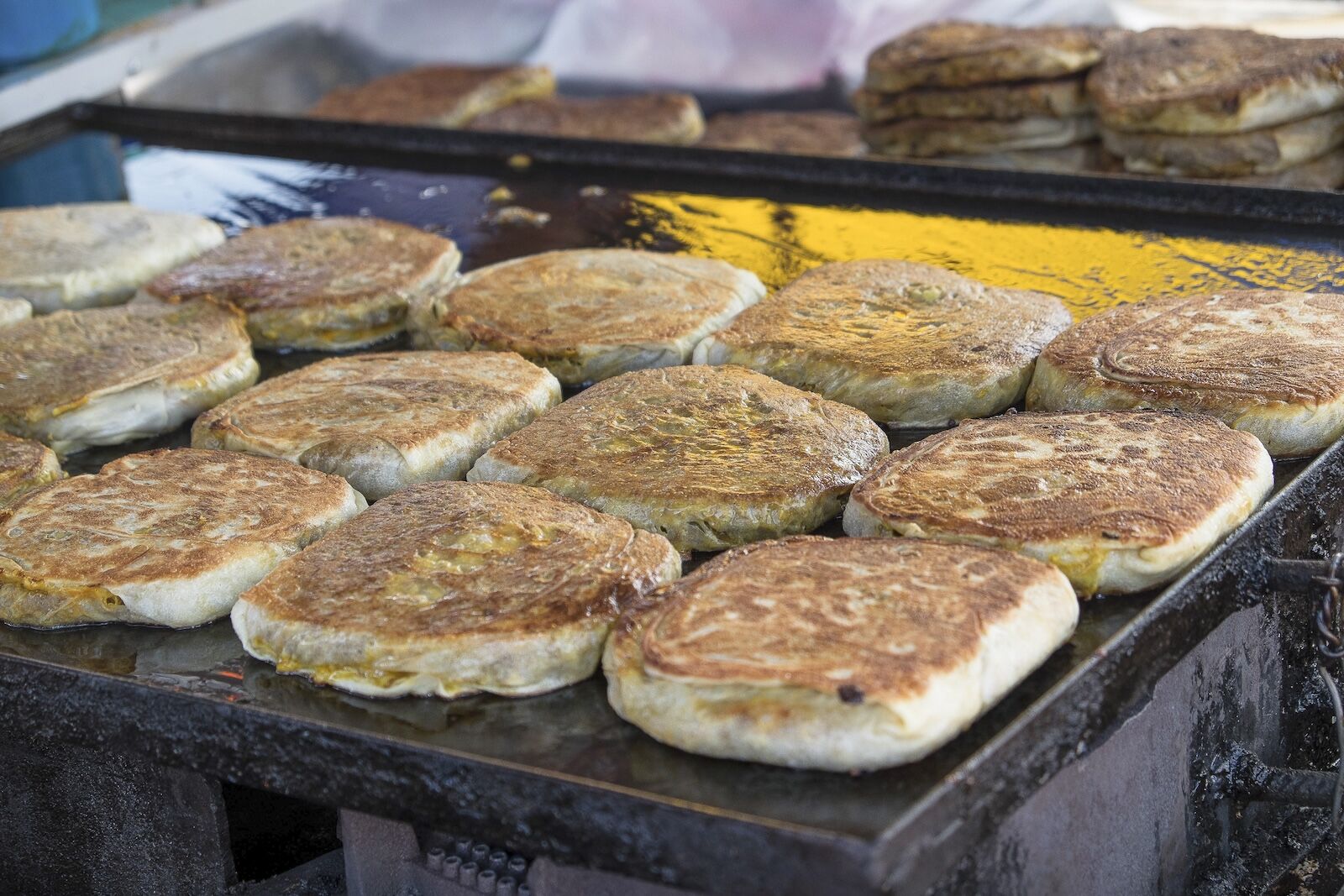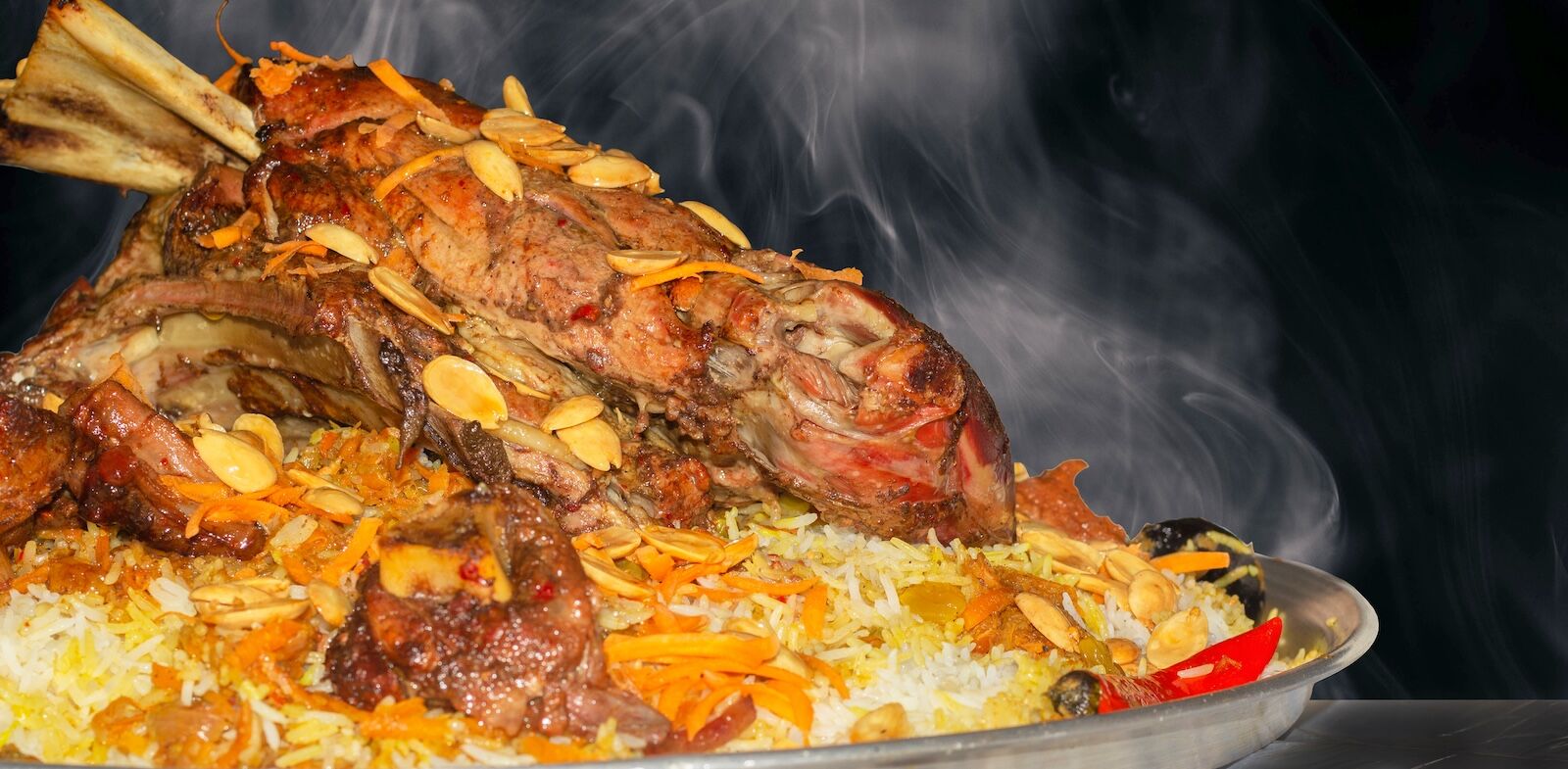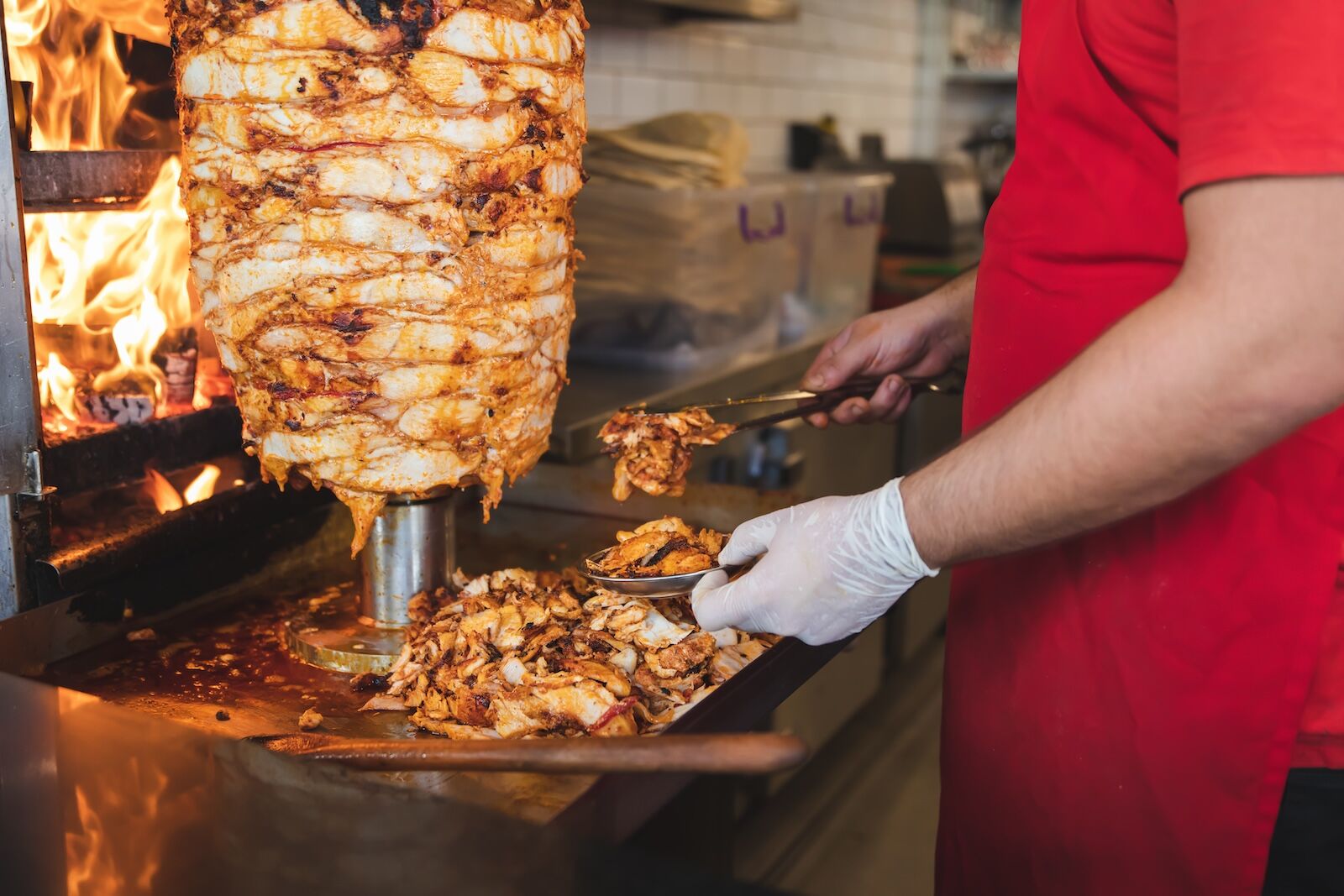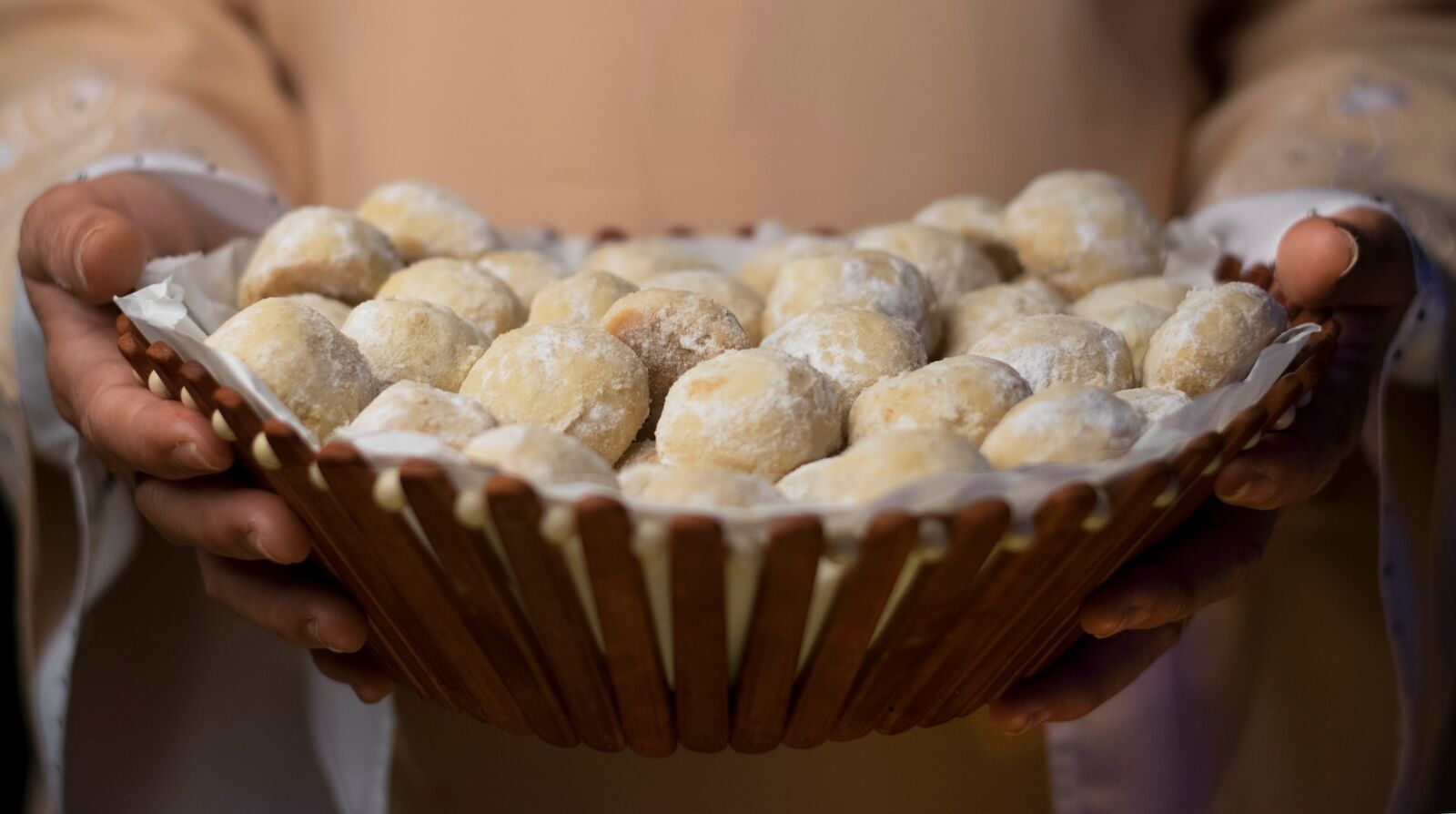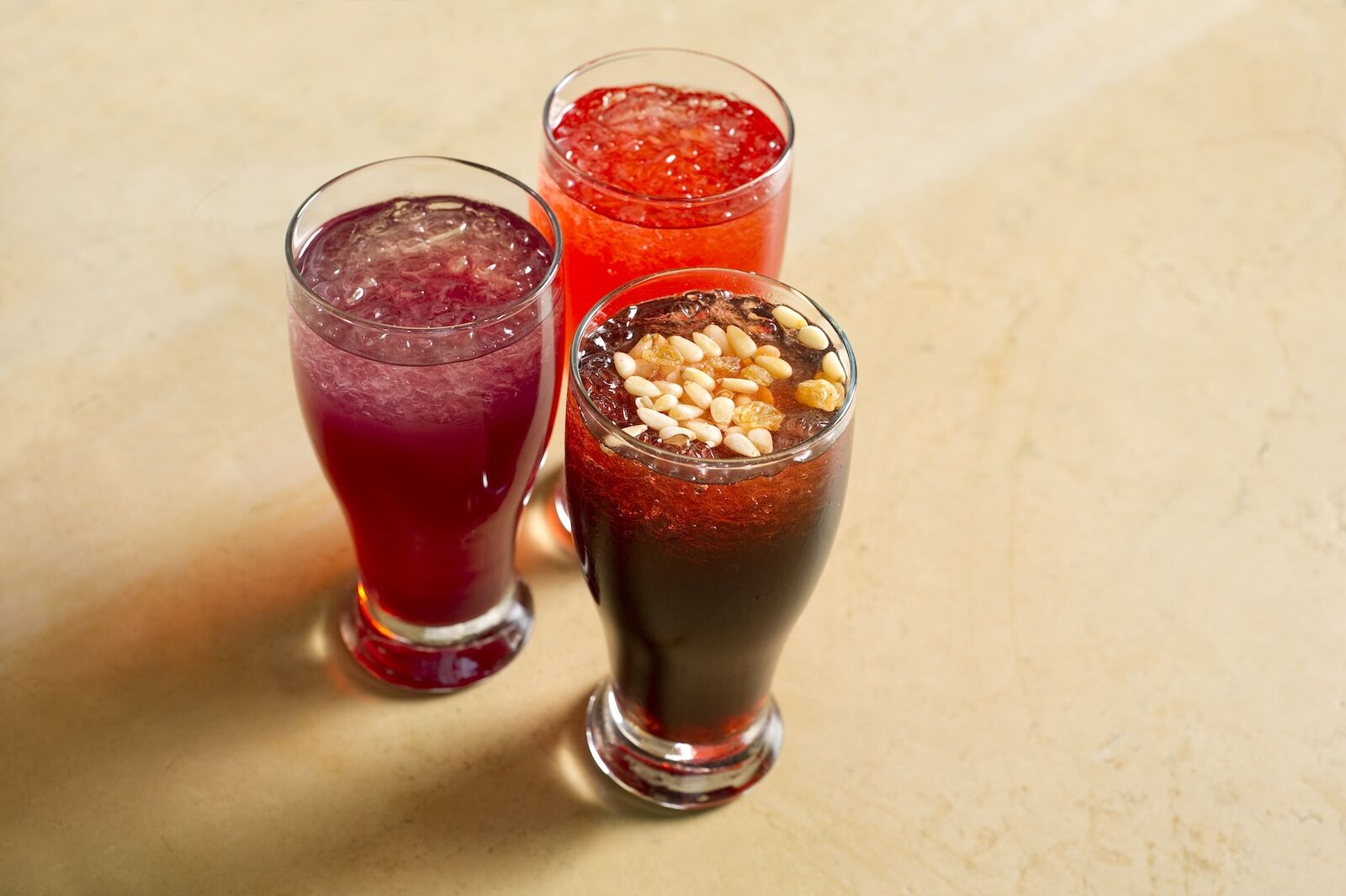Saudi Arabia is the largest country in the Middle East, and it’s culture and traditions have proliferated throughout the region. This is particularly true when it comes to food. The country’s arid climate and nomadic history have given rise to cuisine distinct in flavor and character, reflecting the bounty of the desert through the use of spices, rice, dates, fruits, milk, and meat.
There are various dishes that a Westerner visiting Saudi Arabia for the first time should expect to encounter whether visiting the desert oasis of AlUla, the magic of Hegra, or urban Riyadh.
